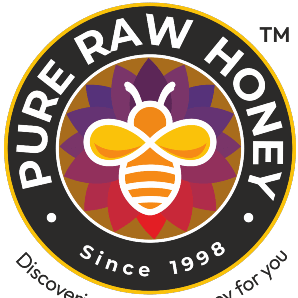While most people love flowers, whether growing them in their gardens or purchasing them in the store, we often times forget what are essential for flowers to grow: bees.
Bees have a great relationship with flowers like no other. Meaning that while flowers are benefiting from being pollinated, bees are also receiving benefits in return.
The Role of the Flower
Pollen plays a vital role in the reproduction of life for both the flower and the bee. Pollen is a major part of the bee’s diet, and when water is combined with the flower’s sugar, it creates nectar, which is also essential for bee’s survival. Nectar is a food source that provides the energy bees thrive on to travel from plant to plant for cross pollination.
Flowers rely on bees to cross-pollinate their female plants. When bees feed on the pollen, their body picks up excess via their pollen-collecting hairs, which is then released when they land. Pollen act as the flower’s seed, which is mandatory for the survival of that flower species.

Outside of floral species, bees are responsible for pollinating numerous foods that humans consume. Honey bees alone are responsible for the pollinating of apples, blueberries, melons, cranberries, and of course, honey. This also means that as the bee population declines, the availability of this produce will simultaneously become scarce, and will eventually disappear.
How Flowers Attract Bees
Flowers have attraction skills unlike any other. A flower’s color, odor, shape, size, timing, and reward (nectar or pollen) can increase or decrease the number of visits by specific pollinators. For example, bees can see UV light, but not red light, therefore they are attracted to flowers that are in the ultraviolet color range rather than red-hued.
Flowers have even made the pollination period much more efficient by signaling pollinations via a color change to attract them only when they’re needed the most. Bees will prioritize flowers with a sweeter or minty scent to pollinate, so a fragrant flower has the ability to attract a bee over long distances.
Reference-edntech blog.

Add Comment